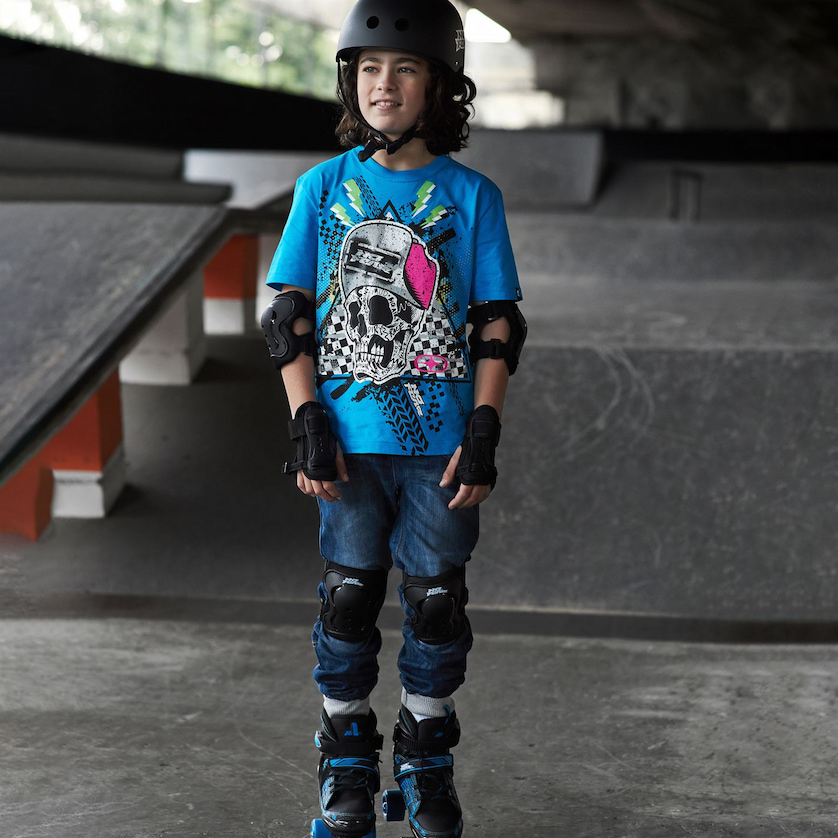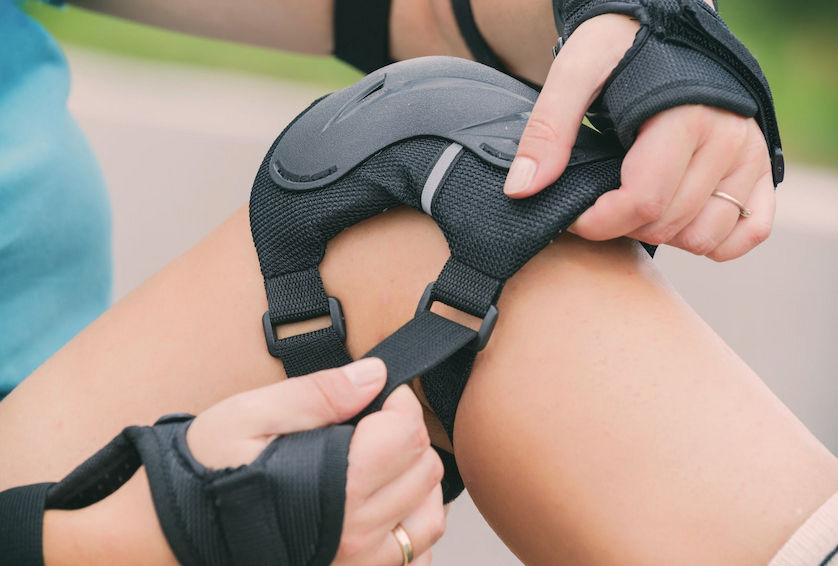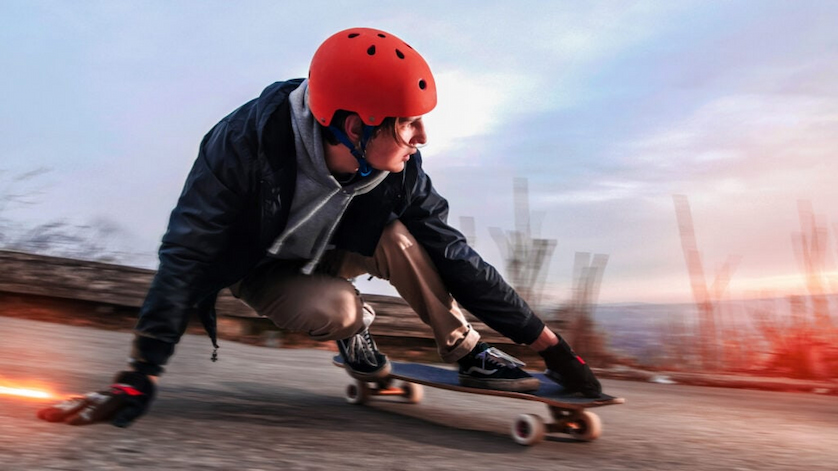Falling is a big part of skateboarding fun. It’s not exactly a preferred outcome, but it’s inevitable. If you think you’ll never fall off your skateboard, you might be in the wrong sport. However, there are ways to ease the impact of every tumble. One way is to learn how to drop, and the other is to play safe by wearing the proper safety gear. These are the only ways to prevent serious injuries.
Better safe than sorry has a deeper meaning when it comes to skateboarding because it might cost you your life and health. So, how can you make sure you’re taking all of the recommended safety measures into account?
Contents
What Protection Do You Need for Skateboard?
According to a recent study, only 7% of injured skaters wore the required safety equipment, and 82% of skaters with elbow injuries and 87% with wrist injuries might have avoided it if they had used the appropriate protective gear. That’s why buying a well-stocked skateboard protection kit is essential. The most necessary elements such pack should include are elbow and knee pads, wrist guards and a helmet, which you may purchase separately.

The most crucial factor to consider when purchasing protective equipment is that it fits properly. Comfortable fitting (not too tight or loose) will allow you to relax because you won’t be as concerned about getting hurt. As a result, you’ll be able to perform at a better level and try things that you otherwise wouldn’t do when wearing protective gear.
Pads
More often than any other equipment, wrist guards, elbow pads, and knee pads will keep you safe, as most skateboarding-related arm and leg injuries occur when you land directly on your hands and knees.
While elbow pads protect you from injuries if you fall awkwardly, wrist guards and knee pads are fantastic for learning new tricks or bombing a hill on your longboard because you can skid to a halt on your hands and knees. Some skaters simply use a few types of pads, while others like to wear as many as they can. You can buy pads separately or as a part of a skateboard protection kit.
Knee Pads
Wearing your knee, elbow, and wrist protection will help you avoid these injuries until you learn how to fall without landing entirely on your hands and knees. Knee pads are especially critical for vertical skateboarding. Sometimes known as “vert skating,” this form of skateboarding involves performing leaps on the skates. Vert skaters should always fall safely by gliding off on their knees when a stunt or jump doesn’t go as planned. You risk severe knee burns if you don’t use skate knee protection.
Most knee pads designed for skating are very protective. The padding above the knee is composed of hard plastic, while a thick foam makes the leg’s wrapping. This design usually involves more foam behind the pad for extra cushioning and a layer of cloth to protect the skin.

Elbow Pads
Elbow pads are similar to their knee counterparts but are only for elbows. If you learn to drop in and fall backwards or sideways off your board, they will prevent you from breaking your arms and elbows.
Most elbow pads are made of hard plastic and thick foam. There’s also a layer of cloth to protect your skin, as well as additional cushioning behind the pad. You can also find models specifically designed for skateboarding that have features such as extra padding and adjustable straps to keep them in place.
Wrist Guards
When you fall or fail a trick, wrist guards lessen the possibility of twisting or shattering your wrists. They aren’t obligatory for skateboarders but are a good idea if you’re just starting and don’t know how to fall correctly or if you frequently land on your hands rather than your knees. Instead of choosing skateboarding protection set primarily on aesthetics, consider what you need.
How to Measure Pad Size
You must measure your arms and legs to determine the proper size for your skateboard pads. Measure your arms and legs at about 4 inches above and below your knees and elbows using a tailor’s tape or thread. You should gauge your hand at the knuckles if you want wrist guards. Make sure not to include your thumb when measuring.
Remember that as you use the straps and padding, they will gradually become more flexible. It’s preferable to size them down to ensure a better fit after breaking them in.
Helmet
Because they safeguard the most vital area of your body, skateboard helmets are the cornerstone of protective equipment for skating and longboarding. Helmets are a necessary gear piece for skaters, as anyone who has experienced a significant crash can testify. They’re available in a range of styles, dimensions, and prices.

How to Measure Helmet Size
The first step in selecting a skateboard helmet is determining the correct size. Helmets should fit snugly without being uncomfortable. Measuring your head is one technique to pick your ideal size. Get rid of the guesswork by learning to gauge a helmet’s size!
A flexible measuring tape, such as a tailor’s tape, is the first thing you’ll need. If you don’t have one, you can use a piece of string and then use a ruler or tape measure to measure it.
Start by encircling your head with the tape. As it circles to the back of your head, make sure it passes the middle of your forehead and remains level the entire time. Don’t stretch the tape to its limit. With your fingertips, mark where it ends at the other end, and then measure from that spot on the measuring tape. The same procedure applies if you use a string, but you must hold on to the measuring point until you can take a measurement using a ruler or tape measure.











